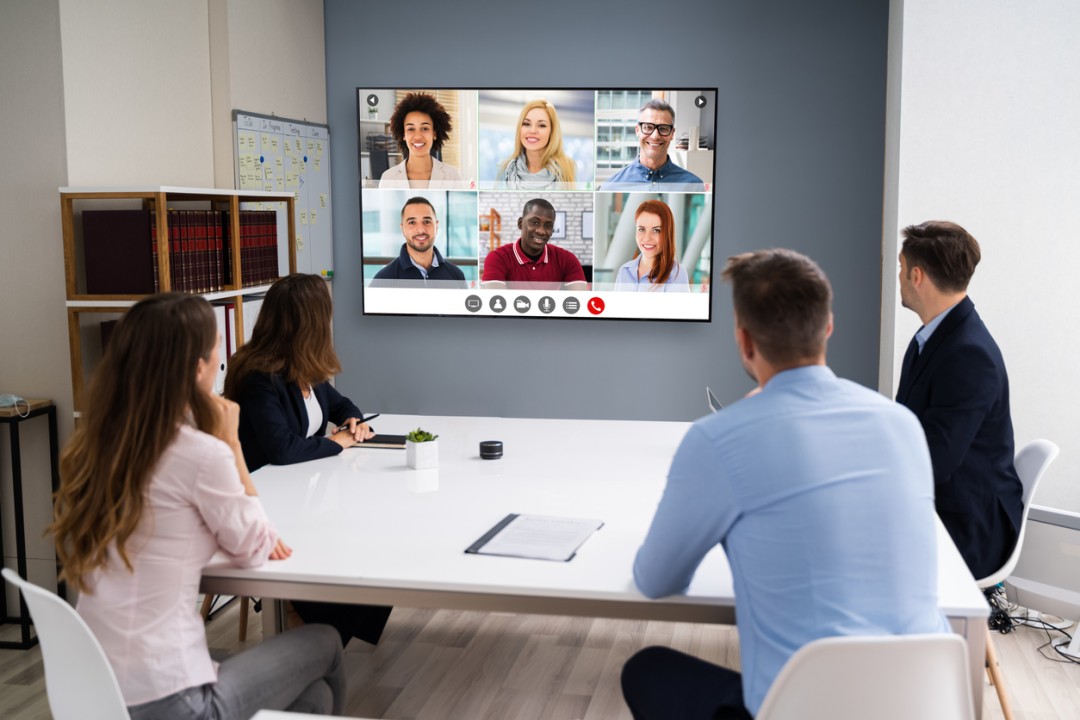A year ago, early in the pandemic, we asked simple questions about employer approaches to remote work arrangements in office settings – about your willingness to listen to your employees when many people were demonstrating a willingness to articulate a more direct voice in all things, particularly through social media. Our original thinking is found here:
Very quickly, we realized there would be no imminent “return-to-work” or at least a “return-to-the-office” as we knew it. The level of uncertainty was too high. There was no vaccine in sight. Collectively we did an admirable job of transferring overnight to a distanced work environment. Whether we were “Teaming” or “Zooming,” the resiliency of the human spirit and smart decisions found a way to make it work.
This transition occurred against a backdrop of huge collective anxiety. None of us in the workforce had lived through a pandemic. Our risk planning assessments and “pandemic playbooks” largely failed within weeks. We adjusted quickly to balancing professional duties with 24/7 home lives – and supported parents as they juggled both. We mourned friends and loved ones. In America, other events beyond the pandemic, like a renewed call for racial justice and political strife captured our attention. Whether we realize it yet or not, we were also changed.
So where are we now? We have access to vaccines but reports of surges and declining vaccination rates remain. Surveys note that 12-20% of the US population may decline to be vaccinated. One report noted 8% of those vaccinated did not return for a required 2nd vaccine. We know that many found balancing working from home and schooling from home a challenge, while many others. found working from home liberating. How do we bring all these divergent viewpoints back to the workplace? How can we make it work, again? What more questions do we need to ask?
Old Paradigms May Be Dead Before They Arrive
As one employee of an iconic corporate US headquarters facility said to me, “Our building was so much of our identity and we abandoned it in three days. It’s all working via Zoom”. The largest companies vested in the paradigm of “office space” may face the most difficult challenges in their existing space and work models. Real estate and space planning executives are optimistically planning our return. Many executives spent entire careers aspiring to hold “the corner office’ and the prospect of giving it up suddenly may not sit so well. Employees will look to what leaders say and what they do.
Many employees made our new environment work and made it work better – and they may resist going back to “the way it used to be.” Will your approach reflect flexibility or a return to your traditional model? What do you want, and how does that compare to what your employees want?
“Our Policy is Set!” (Really?)
The sands are still shifting. While we have made great progress in many countries on vaccination rates, we have a long way to go globally. Our recovery will be VERY lumpy. News reports of employees already balking at return-to-office announcements are becoming more frequent. What are your employees already telling you about their concerns and willingness to return? Are you listening and listening with frequency? If your decisions are being made against traditional HR and real estate paradigms, who is bringing fresh thinking and response to your crisis response room? Who has institutional memory to combat resurrected ideas that did not work before? Can those ideas work now?
Do We Need a Detailed Policy?
Early in my career, my most annoying conversations usually involved the day someone wanted to talk about implementing a dress code. Many people require rules and structure. My experience taught me that using your best judgement is the best policy for many, although not all, things. In a pandemic, for instance, medical facts must inform judgement.
Recently Mary Barra, CEO of General Motors, stated that GM’s post-pandemic policy would be to “Work Appropriately”. She had earlier taken a similar approach with dress codes. In short, GM probably likely won’t develop tons of policies; they simply expect their leaders to lead. While some frameworks will be necessary, some monitoring of fairness among departments and divisions, we believe this is a great approach for many companies.
It Isn’t Really Over
As happy as some of us are to return to a work setting where we can meet our human need for affiliation, some of us are not. The world will remain uncertain for some time to come. Our best advice, use words like “do what is appropriate,” “it depends,” “we won’t be rigid, but we will protect our employees.” You will have to decide along the continuum of “we encourage” vs. “we require.” Listen more frequently. Be open to new approaches. Your workforce has changed in the past year. Have you?

